1936 rescue of Daunt Rock Lightship by RNLB Mary Stanford is one of most famous rescues in history of Royal National Lifeboat Institution (RNLI), largest charity for saving lives at sea around coasts of UK, Ireland, Channel Islands, and Isle of Man.
Oil painting by Bernard Finnigan Gribble (1872-1962) depicts rescue of last two of six-men crew on February 11: RNLB crew, away from station for 79 hours and at sea for 49, only had three hours of sleep during their daring, successful rescue!
Ballycotton Lifeboat and Daunt Rock Lightship; 1936 oil painting selected as 1974 commemorative stamp for RNLI's 150th anniversary: Bernard Finnigan Gribble, Free Art License (FAL), via Wikimedia Commons @ https://commons.wikimedia.org/wiki/File:DauntRescueGribble.png
Skellig Michael beehive cells built ca. 6th-8th centuries CE as monastic endeavor lasting until 12th or 13th century; abandoned due to climate and Irish church changes; community relocated to nearby mainland abbey on Iveragh Peninsula at Ballinskelligs
Skellig Michael (Irish: Sceilig Mhichíl) served as a filming location, with scenes shot July 28-30, 2014, for Star Wars Episode VII: The Force Awakens (release date: December 18, 2015).
Skellig Michael, also known as Great Skellig (Irish: Sceilig Mhór), off southwest Ireland coast; Monday, May 3, 2010, 07:55: Towel401, CC BY SA 4.0, via Wikimedia Commons @ https://commons.wikimedia.org/wiki/File:Skellig_hives.jpg
Hook Lighthouse, Ireland's oldest operating lighthouse, seems to have a hidden room that extrudes from exterior but for which no access, external or internal, has been discovered.
Hook Head headland, County Wexford, South East Ireland: Phil Armitage, Public Domain, via Wikimedia Commons @ https://commons.wikimedia.org/wiki/File:Lighthouse_HookHead_CtyWexford_IRE.jpg
Roche's Point was last stop for RMS Titanic, as Olympic class ocean liner, built in Belfast, picked up passengers boated from Cobh (then Queenstown).
Rationing food between supply boat visits and isolation of offshore sites were not experienced by light keepers and their families on mainland sites such as Roche's Point Lighthouse.
Cobh and Youghal Area, County Cork, South West Ireland; Monday, August 1, 2005, 06:29: Peter Newbold, CC BY SA 2.0, via Wikimedia Commons @ https://commons.wikimedia.org/wiki/File:Lighthouse_from_the_Swansea-_Cork_ferry_-_geograph.org.uk_-_71761.jpg
Baily Lighthouse's proximity to Dublin made it a popular assignment for light keepers.
With Ireland's General Lighthouse Authority, Commissioners of Irish Lights (Coimisinéirí Soilse na hÉireann ), based in Dublin County, the Baily was logical training assignment for Supernumerary Assistant Keepers (SAK), first step into lighthouse service.
helicopter approach for Baily Lighthouse, southeastern Howth Head peninsula, northeast of Dublin; Thursday, Aug. 2, 2007, 16:06: Paul O'Donnell, CC BY 2.0, via Wikimedia Commons @ https://commons.wikimedia.org/wiki/File:Baily_Lighthouse.jpg


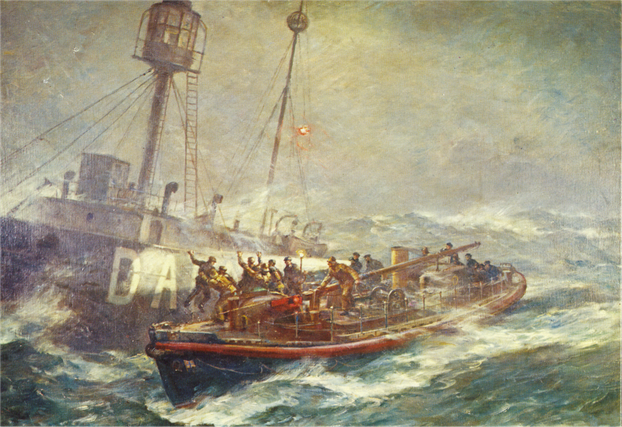
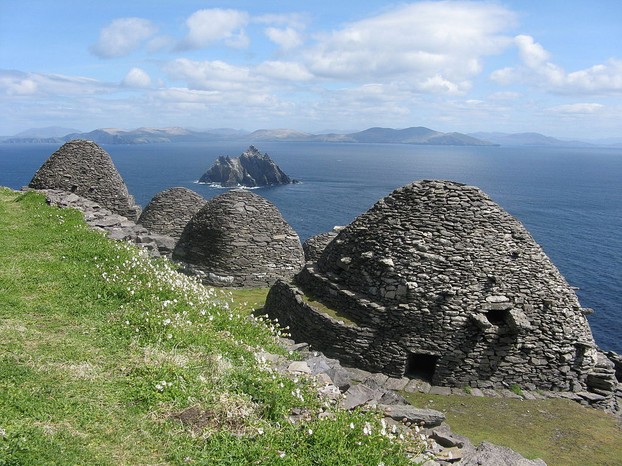
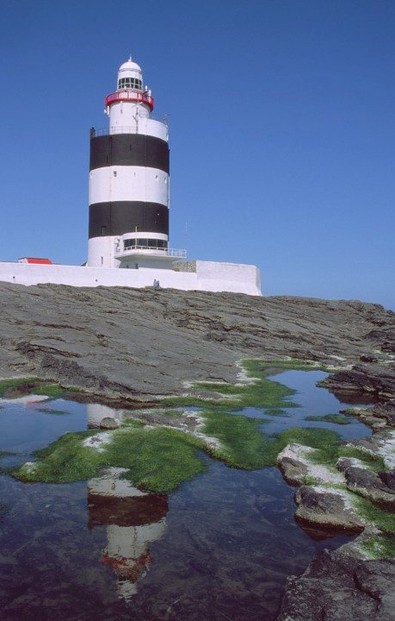

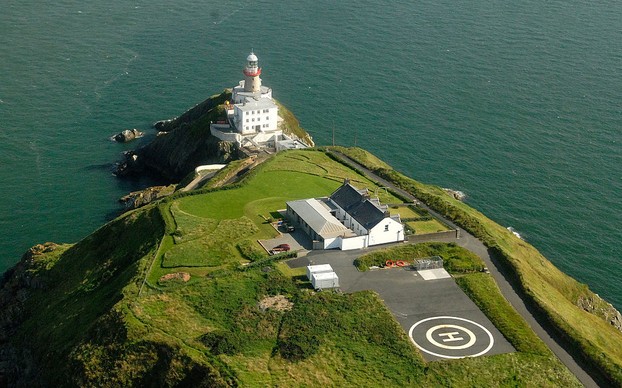




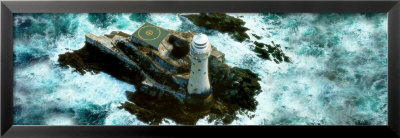

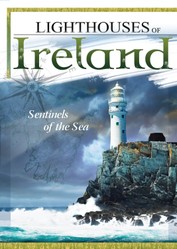

 Are Hawaiian Huakai Po Nightmarchers Avenging Halloween Thursday?on 10/02/2024
Are Hawaiian Huakai Po Nightmarchers Avenging Halloween Thursday?on 10/02/2024
 Mailing Addresses for 2023 Form 4868 Extending 1040 and 1040SR April 15, 2024, Due Dateon 04/15/2024
Mailing Addresses for 2023 Form 4868 Extending 1040 and 1040SR April 15, 2024, Due Dateon 04/15/2024
 Mailing Addresses for 2023 Forms 1040 and 1040SR Filed in 2024on 04/15/2024
Mailing Addresses for 2023 Forms 1040 and 1040SR Filed in 2024on 04/15/2024
 Mailing Addresses for 2022 Form 4868 Extending 1040 and 1040SR April 18, 2023, Due Dateon 04/13/2023
Mailing Addresses for 2022 Form 4868 Extending 1040 and 1040SR April 18, 2023, Due Dateon 04/13/2023

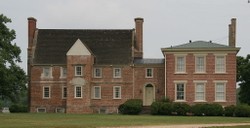
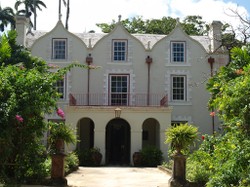
Comments
My product line accents the Fanad lighthouse even as other puzzles advance other Irish lighthouses.
Are there avid Irish- and other-lighthouse puzzle collectors?
My collection begins with Baily, Fanad, Fastnet, Galleyhead, Hook Head and Poolbeg lighthouses!
The Lighthouses of Ireland is one of my favorites as film and as DVD.
Some parts of Iceland actually look a bit like the Emerald Isle. I read everything that I can about and by Icelandic author Ragnar Jonasson, who sets some of his mysteries in or near lighthouses.
I never saw or see anything filmed about lighthouses in Iceland. (Perhaps I will have to do that myself ;-D.) But you perhaps would like Icelandic lighthouses as much as or nearly as much as Irish.
I have not seen many lighthouses in the places I have traveled. Perhaps, a travel to Ireland is needed to admire the coastlines and the lighthouses. To travel in this country is in my bucket of list.
Maureen and I were talking a vacation in Donegal near Lough Switched Swilly,some miles from Fanad Head.We drove up to visit it.
Thank you, Frank, for stopping by!
The lighthouses of Ireland are among my favorites in terms of film and real life!
The Commissioners of Irish Lights website has an article on Fanad Head Lighthouse. The article identifies Fanad Head as one of 12 lighthouses marketed as Great Lighthouses of Ireland. The above-mentioned tourist initiative website mentions the availability of 2-guest house 1, 2-guest house 3 and 2- to 4-guest house 2 weekends in January, February and March; and November and December.
Were you and your wife at Fanad Head for a day visit or a longer stay there or somewhere else in the area?
Maureen and I were up at Fanad Head a few years ago. It is a wild and beautiful place.
Thank you for visiting, WriterArtist!
Me too, I love the internet-available images that convey the enduring beauty of my favorite Lighthouses of Ireland.
Two of my favorites are Fastnet, known as the teardrop of Ireland because of its being the last sight emigrants had of their beloved emerald-isle home, and Hook, with its mysterious room.
Love the pictures of Lighthouses of Ireland. You sure have put lot of effort in bringing them together. Some of them must be existing till today and they look beautiful from the coast.
frankbeswick, Guido for any Italian and Paddy for anyone from Ireland can be used affectionately and -- unfortunately -- mildly ironically and outright condescendingly on this side of the pond.
frankbeswick, Thank you for the insights. Is there any interpretation as to why a form of Welsh was spoken in southwest Scotland? That makes me think, in a reverse way, of Fleance in the Shakespearean play Macbeth leaving Scotland to establish royal family lines after making it to Wales.